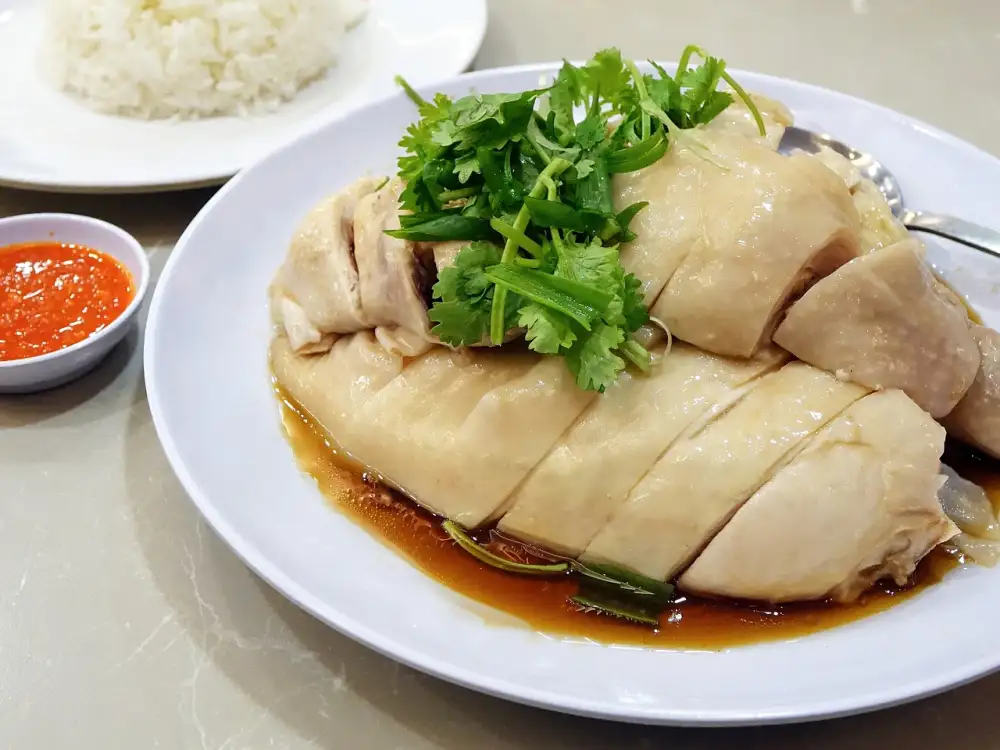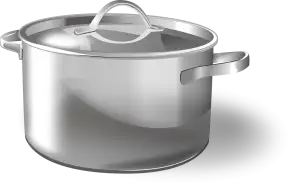Spice Up Your Meals with Homemade Chilli Sauce Recipe

Chilli sauce is a versatile condiment that adds a fiery kick to dishes across various cuisines. It is made from chilli peppers, vinegar, sugar, and other spices, creating a flavorful and spicy blend that enhances the taste of food. Whether used as a dipping sauce, marinade, or cooking ingredient, chilli sauce has become a staple in many households and restaurants worldwide. Its vibrant color and bold flavor make it a popular choice for those seeking to add heat and depth to their meals.
History and Origins of Chilli Sauce
Chilli sauce has a rich history dating back centuries. It is believed to have originated in ancient Aztec and Mayan civilizations in Central America, where chillies were first cultivated. The Aztecs used a spicy condiment made from chillies and other ingredients, similar to modern-day chilli sauce. When Spanish explorers arrived in the Americas in the 16th century, they encountered chilli peppers and brought them back to Europe. This led to the spread of chilli peppers and the development of various chilli sauce recipes around the world. Today, chilli sauce is enjoyed globally and has become a staple condiment in many cuisines.
Varieties of Chilli Peppers Used in Making Chilli Sauce
When it comes to making chili sauce, the type of chili pepper used plays a crucial role in determining the flavor and heat level of the sauce. Some popular varieties of chili peppers commonly used in making chili sauce include:
1. **Habanero**: Known for its intense heat and fruity flavor, habanero peppers are often used to add a fiery kick to chili sauces.
2. **Jalapeño**: A milder option compared to habaneros, jalapeños offer a balance of heat and flavor, making them a versatile choice for chili sauces.
3. **Serrano**: Serrano peppers are hotter than jalapeños but milder than habaneros, providing a medium level of heat with a bright, grassy flavor.
4. **Thai Bird's Eye**: These tiny but mighty peppers pack a punch and are commonly used in Southeast Asian cuisines to add intense spiciness to chili sauces.
5. **Ancho**: Dried poblano peppers, known as anchos, have a rich, smoky flavor with mild heat, making them ideal for adding depth to chili sauces.
By choosing the right variety of chili pepper based on your desired level of heat and flavor profile, you can create a homemade chili sauce that perfectly suits your taste preferences.
Basic Ingredients and Preparation of Chilli Sauce
Chilli sauce is a versatile condiment that can add a kick to any dish. The key ingredients for making chilli sauce include fresh chilli peppers, vinegar, sugar, salt, and sometimes garlic or other spices. To prepare the sauce, start by washing and chopping the chilli peppers. Remove the seeds if you prefer a milder sauce.
Next, combine the chopped peppers with vinegar, sugar, and salt in a saucepan over medium heat. Stir occasionally until the mixture comes to a simmer. Reduce the heat and let it cook for about 15-20 minutes until the peppers are soft.
Once cooked, allow the mixture to cool slightly before transferring it to a blender or food processor. Blend until smooth, then strain through a fine mesh sieve to remove any solids.
Finally, pour the strained sauce into sterilized jars and store in the refrigerator. Homemade chilli sauce can last for several weeks when refrigerated properly. Adjust the ingredients according to your taste preferences for a personalized touch to your homemade creation.
Popular Uses of Chilli Sauce in Different Cuisines
Chilli sauce is a versatile condiment that adds a spicy kick to dishes across various cuisines worldwide. In Asian cuisine, it is commonly used as a dipping sauce for dumplings, spring rolls, and noodles. Thai cuisine incorporates chilli sauce in dishes like Pad Thai and Tom Yum soup to enhance the flavors.
In Mexican cuisine, chilli sauce is a key ingredient in dishes such as enchiladas, tacos, and salsa. It adds heat and depth to these dishes, creating a balance of flavors. In Caribbean cuisine, jerk chicken and other grilled meats are often marinated or served with spicy chilli sauces made from Scotch bonnet peppers.
In Indian cuisine, chilli sauce is used in curries, chutneys, and marinades to add both heat and flavor complexity. South American cuisines like Peruvian and Brazilian also utilize chilli sauces in their traditional dishes like ceviche and feijoada.
Overall, chilli sauce has become a staple in many global cuisines due to its ability to elevate the taste profile of various dishes with its fiery heat and unique flavor notes.
Health Benefits of Chilli Sauce
Chilli sauce not only adds a kick to your meals but also offers various health benefits. Capsaicin, the active compound in chilli peppers, has been shown to boost metabolism and aid in weight loss. Additionally, capsaicin may help reduce inflammation and lower blood pressure levels. The high vitamin C content in chilli peppers can support a healthy immune system. Moreover, consuming spicy foods like chilli sauce may increase endorphin production, promoting a sense of well-being and reducing pain perception. So, adding a dash of homemade chilli sauce to your dishes not only enhances flavor but also provides potential health perks.
Tips for Making Homemade Chilli Sauce
When making homemade chilli sauce, there are a few tips to keep in mind to ensure the best results. Firstly, choose ripe and fresh chillies for maximum flavor. It's also important to wear gloves when handling hot peppers to avoid skin irritation. Experiment with different varieties of chillies to find the perfect balance of heat and flavor for your sauce. Adjust the amount of sugar, vinegar, and other seasonings according to your taste preferences. Lastly, store the chilli sauce in sterilized jars in the refrigerator for longer shelf life. Enjoy your homemade creation on various dishes to add a spicy kick!
In conclusion, homemade chilli sauce is a versatile and flavorful condiment that can elevate any dish. Whether you prefer it mild or fiery hot, making your own chilli sauce allows you to customize the heat level and flavor profile to suit your taste buds.
To serve, drizzle chilli sauce over grilled meats, stir-fries, noodles, or use it as a dipping sauce for spring rolls or dumplings. It also makes a fantastic marinade for chicken or tofu. Experiment with adding a splash of chilli sauce to soups, stews, or even cocktails for an extra kick of flavor.
By making your own chilli sauce at home, you can enjoy the bold flavors of fresh ingredients without any artificial additives or preservatives. So why not spice up your meals and embark on a culinary adventure with homemade chilli sauce today?
Published: 09. 05. 2024
Category: Recipes



